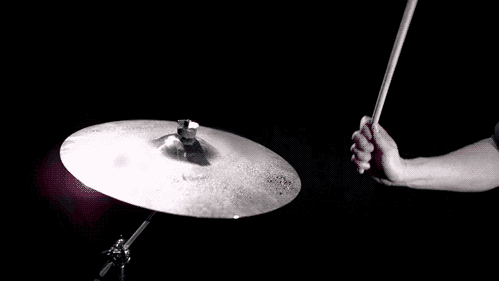Jazz Appreciation Society
Must have jazz chops (part 1)4/4/2018 First of two blog posts in which the jazz chop goes pop The contacts and crossovers between jazz and pop/rock music have been beneficial to both, although there are some examples where pop/rock overdid their job on ‘jazz’ records. Some jazz people and influences within the pop/rock genre are presented here, not unimportantly as an excuse to show some nice footage, but hey: isn’t that one of the points around here? (Read on below the image) Not long after Bitches Brew’s jazz-and-rock-fusion, set on by the impression Jimi Hendrix made onto Miles Davis, American guitar player Denny Dias placed an ad that read: "Looking for keyboardist and bassist. Must have jazz chops! Assholes need not apply". Those familiar with this text already know which band was in the making: Donald Fagen and Walter Becker responded, Steely Dan was born, and within 3 albums, Don and Walt had taken over the band and turned it into a renowned studio project. Their well-crafted pop sounds smooth and perhaps even simple, but was meticulously arranged and performed. To get to the latter: studio-legend-to-be Jeff Porcaro joined Steely Dan already in his teens, impressively cutting the drum part of Night By Night (from the 1974 Pretzel Logic album) at age 18. And we’re not even talking a pure jazz musician here. Fagen and Becker showed their jazz affinity already in the first couple of Dan albums. Take Bodhisattva for instance, the first song on their second 1973 album Countdown To Ecstasy. After a couple of drum bars and the subsequent guitar power chords, a piano pattern starts. Using quartal harmonies, a feature most famously used by Bill Evans on So What (1959), and so ubiquitously expanded on by McCoy Tyner and others during the subsequent rise of modal jazz. The chords progression on the Eb-major-7 section and the voicings of the synth part do also hint at a conscious application of extensions (e.g. a g added to a Dm7 chord). It’s hardly a surprise that towards the end of the Dan’s first active period, Fagen and Becker hired progressively more session players from the jazz and fusion realms. To name a few: saxophonists Tom Scott and Michael Brecker, trumpet player Randy Brecker, drummer Steve Gadd, bassist Anthony Jackson and featuring on the title track of their famous 1977 Aja album: Wayne Shorter, of Art Blakey, Miles Davis and Weather Report fame. Shorter’s eclectic solo can be heard from 4’42”. Also contributing to the Aja album, most prominently by cutting a Rhodes solo in Black Cow, was Victor Feldman, who had turned down earlier an offer to join Miles Davis’ group (thus paving the way for a young Herbie Hancock) and wrote the Miles Davis standard Joshua. The last of many jazz influenced examples in Steely Dan’s pop/funk/rock catalogue can be found when lifting Tom Scotts horn arrangments from the mix. Both on Aja and Gaucho (1980), some fine examples of harmonically rich ensemble voicings can be heard. The horns on the Bernard Purdie shuffled Home At Last song is a famous example, but please do listen also to My Rival (horns e.g. from 2’14”). Go to Part 2 >> - Geert Hurenkamp
0 Comments
Leave a Reply.Society's FinestBlog posts Archives
April 2018
Categories
All
|

 RSS Feed
RSS Feed